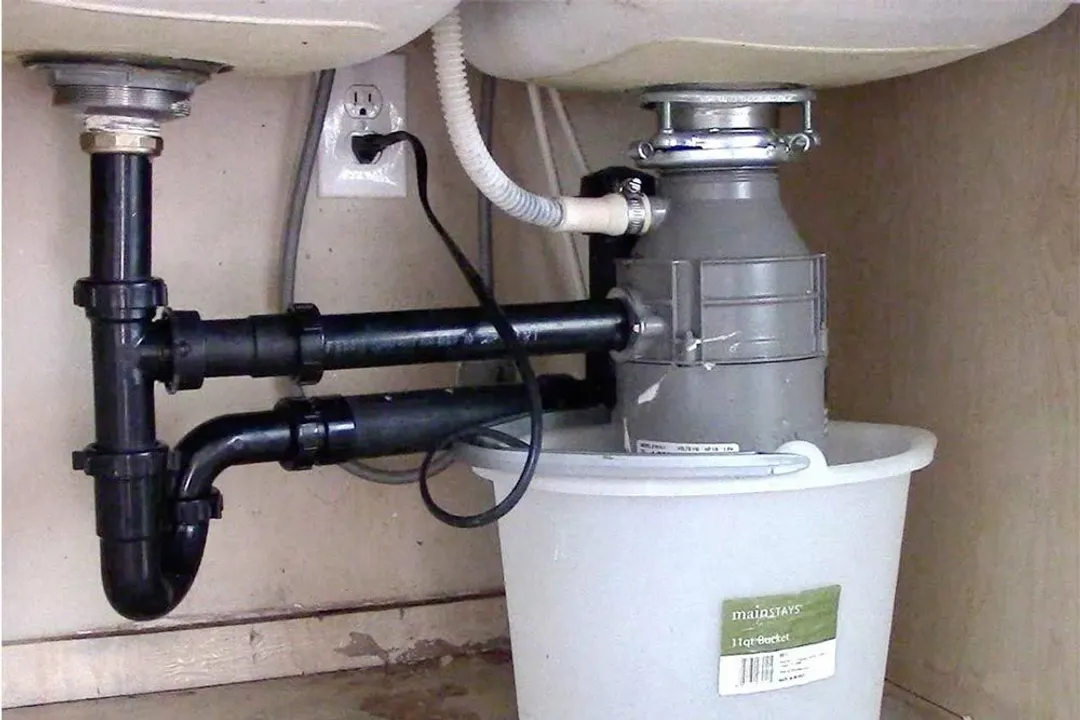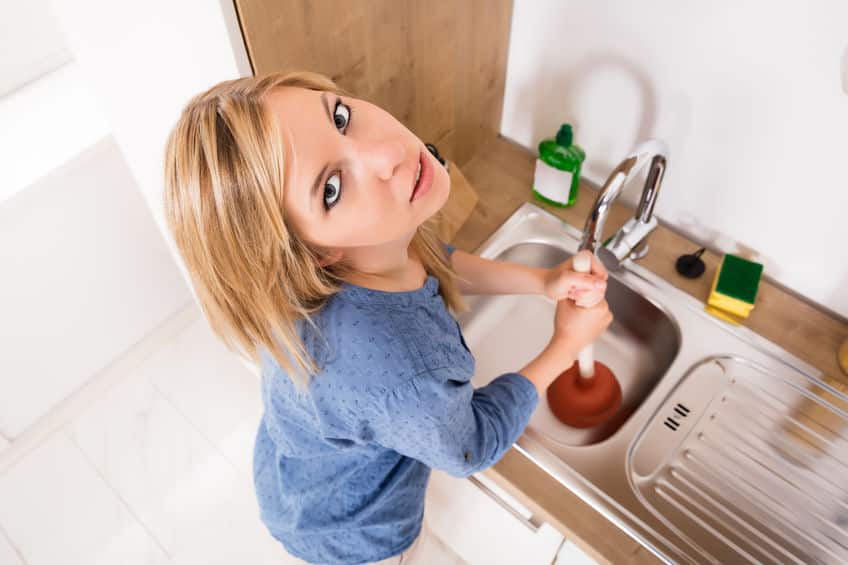Fast Solutions for Fixing a Dripping Waste Disposal Unit
Fast Solutions for Fixing a Dripping Waste Disposal Unit
Blog Article
Just how do you actually feel in relation to Garbage Disposal Leaking From Bottom?

Waste disposal unit are crucial kitchen area home appliances that help in disposing of food waste efficiently. Nonetheless, a dripping waste disposal unit can be an irritating and messy problem to handle. The good news is, numerous leakages can be taken care of quickly with a couple of simple steps. In this write-up, we will certainly go over just how to repair a leaking waste disposal unit properly.
Intro
Waste disposal unit are set up under cooking area sinks and are developed to shred food waste right into smaller pieces, permitting it to travel through the plumbing system conveniently. While these devices are generally trusted, leaks can occur with time because of wear and tear, loose connections, or damage to the unit.
Step-by-Step Guide to Dealing With a Dripping Garbage Disposal
Shut off the Power
Before attempting any fixings, guarantee that the power to the garbage disposal unit is switched off to prevent the risk of electrical shock.
Locate the Leakage
Identify the exact area of the leak and identify the reason
Tighten up Connections
Use a wrench to tighten up any loosened connections between the disposal unit and the plumbing system.
Change Seals or Gaskets
If the leak results from worn seals or gaskets, eliminate the old components and replace them with brand-new ones.
Patching Fractures or Holes
For splits or openings in the disposal unit, use epoxy or an appropriate patching material to seal the damaged location.
Identifying the Source of the Leak
Before attempting to take care of a dripping waste disposal unit, it is essential to identify the resource of the leak. This can commonly be done through visual evaluation or by conducting simple examinations.
Visual Assessment
Inspect the waste disposal unit device thoroughly for any signs of water leak. Pay attention to areas around seals, gaskets, and link points.
Testing for Leakages
One means to check for leakages is by running water via the disposal unit and looking for any kind of noticeable indications of leakage.
Usual Causes of Leaks in Waste Disposals
Worn Seals and Gaskets
Seals and gaskets play an essential duty in stopping water from leaking out of the garbage disposal. Gradually, these elements can degrade, bring about leaks around the disposal system.
Loose Links
The connections between the garbage disposal and the plumbing system can become loose over time, causing water to leak out throughout operation.
Splits or Holes in the Disposal System
Physical damage to the waste disposal unit, such as fractures or openings in the housing, can likewise cause leaks.
Tools and Products Needed for Dealing With a Dripping Waste Disposal Unit
Before beginning the fixing process, collect the essential tools and products, including a screwdriver, adjustable wrench, plumbing's putty, replacement seals or gaskets, and epoxy or patching material for repairing fractures or holes.
Examining the Garbage Disposal After Repair Work
As soon as the repair service is complete, evaluate the garbage disposal by running water via it to guarantee that the leakage has actually been settled.
Preventive Upkeep Tips to Stay Clear Of Future Leakages
To stop future leakages, it is important to execute normal upkeep on your waste disposal unit. This includes maintaining it tidy, preventing putting non-food things or hard things down the disposal, and regularly looking for leakages or other concerns.
Final thought
In conclusion, fixing a dripping garbage disposal is a reasonably uncomplicated process that can be completed with basic devices and products. By following the actions outlined in this article and exercising precautionary maintenance, you can keep your garbage disposal in good working condition and prevent expensive repair services in the future.
What to Do About a Leaking Garbage Disposal
A leaking garbage disposal often goes unnoticed until you confront a sopping cabinet, a foul-smelling puddle, or an audible drip-drip-drip from the unit. The fix can be frustrating, too, because the leak can stem from a number of components in the system. Fortunately, with a little sleuthing, you can zero in on the leak and—depending on the exact location—stop the icky oozing and repair the component that caused it. Worst case scenario, if it turns out that the garbage disposal must be replaced, installing a new one is a reasonable do-it-yourself task for those with basic plumbing skills. Read on to keep the cash you’d otherwise hand over to a pro.
Prepare to find the leak
Prior to testing the garbage disposal for leaks, unplug it at the wall outlet and turn off the power from the breaker box to prevent electrical shock. Then insert a watertight sink stopper into your sink drain and wipe the unit dry with a clean cloth. In any handy container, mix a few drops of food coloring into a few cups of water, and pour the dyed water onto the sink stopper to help you locate the leak.
Investigate the source
the top, where the disposal meets the sink drain the side, where the dishwasher hose or main drain pipe connects to the disposal or the bottom of the unit Inspect each of these locations while gliding a light-colored rag over the unit; the dyed water will readily show on the rag and reveal the location of the leak. If a leak isn’t immediately apparent, remove the sink stopper and pour a few more cups of dyed water down the sink drain, then check for leaks again. Leaks near the top of the unit are more likely to show themselves while the sink is plugged, while side and bottom leaks are more noticeable while the sink is unplugged.
The metal sink flange that sits directly inside the sink drain is typically sealed around the top with plumber’s putty (a clay-like sealant) and then secured from under the sink with bolts. If the plumber’s putty deteriorates, or the bolts loosen, the flange can no longer form a watertight seal between the sink drain and the disposal—which could cause a leak at the top of the unit.
To reseal the leaky flange, you must first detach the garbage disposal. Start by loosening the screws securing the main drain pipe to the disposal, then loosen the screws in the metal clamp securing the dishwasher hose to the disposal and detach the drain pipe and dishwasher hose from the disposal. Loosen the screws in the mounting ring that connects the disposal to the metal mounting assembly beneath the sink, then pull down the disposal and carefully set it on a clean, dry surface. Loosen the bolts in the mounting assembly with a wrench, then pull down the mounting assembly and set it near the disposal.

Do you really like reading about Why Is ? Try leaving a remark further down. We will be delighted to find out your views about this write-up. We are looking forward that you visit us again later on. Don't hesitate to take the time to share this content if you appreciated it. Thanks for your time. Come back soon.
Apply Now Report this page